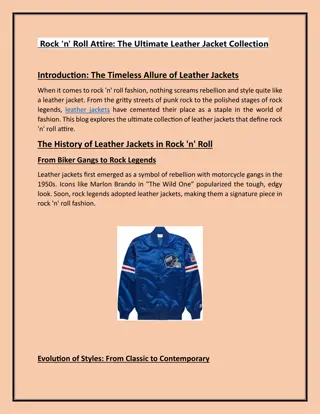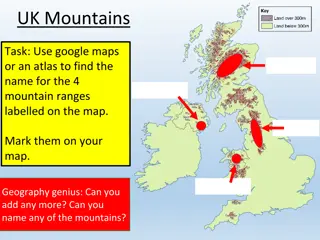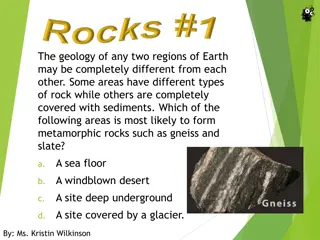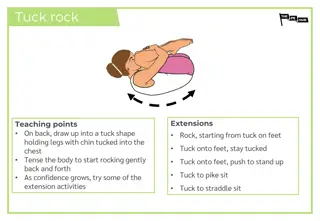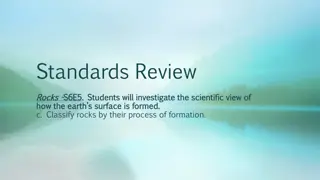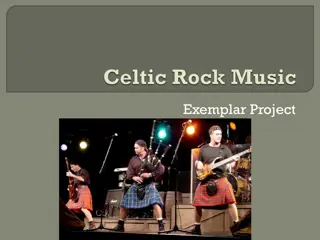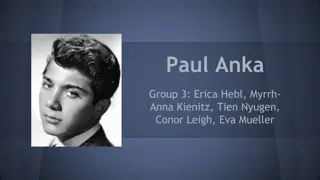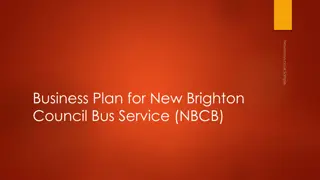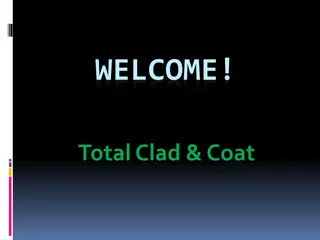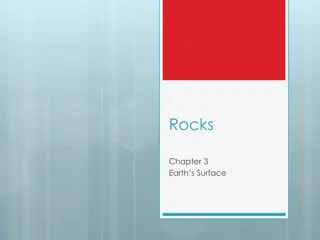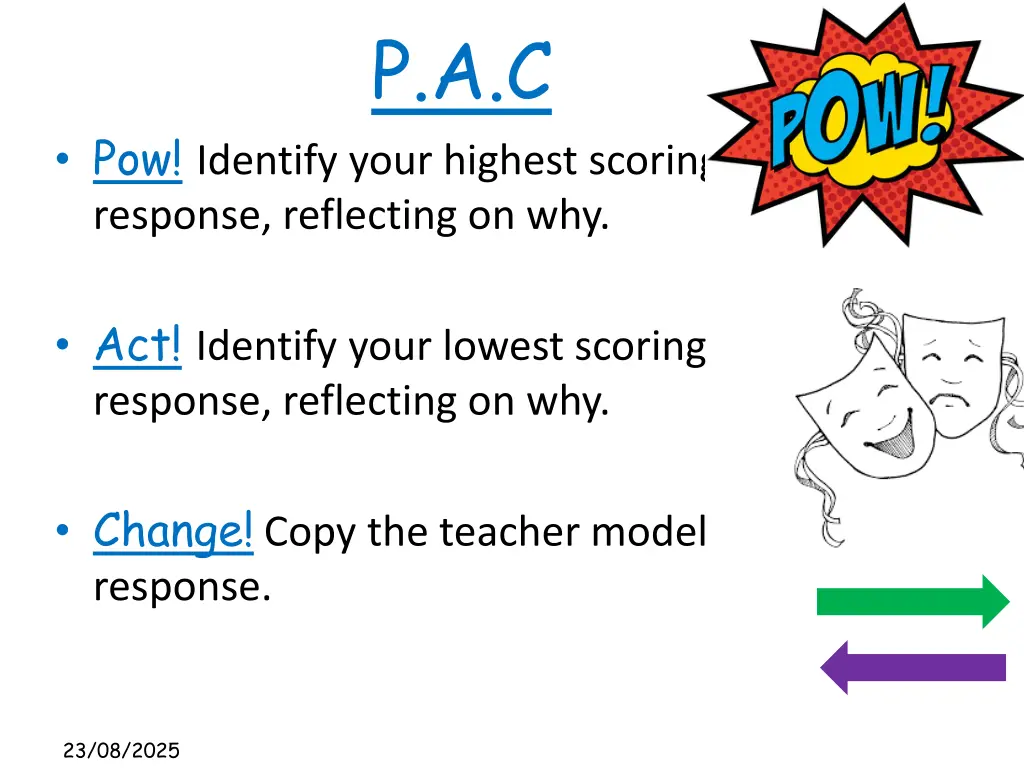
Analyzing Powerful Language Techniques in Texts
Explore how language techniques are effectively utilized in textual analysis, including the use of zoom in/out technique, commenting on parallelism, and avoiding empty phrases. Dive into examples like the descriptive complex sentences that immerse readers in the setting of Brighton, conveying a sense of pilgrimage and wonderment. Gain insights into structuring narratives to guide readers through characters' experiences and emotions, culminating in impactful endings that resonate with readers. Enhance your understanding of literary analysis with practical examples and expert feedback.
Download Presentation

Please find below an Image/Link to download the presentation.
The content on the website is provided AS IS for your information and personal use only. It may not be sold, licensed, or shared on other websites without obtaining consent from the author. If you encounter any issues during the download, it is possible that the publisher has removed the file from their server.
You are allowed to download the files provided on this website for personal or commercial use, subject to the condition that they are used lawfully. All files are the property of their respective owners.
The content on the website is provided AS IS for your information and personal use only. It may not be sold, licensed, or shared on other websites without obtaining consent from the author.
E N D
Presentation Transcript
P.A.C Pow! Identify your highest scoring response, reflecting on why. Act! Identify your lowest scoring response, reflecting on why. Change! Copy the teacher model response. 23/08/2025
Language Paper 1- general feedback Q2 and Q3. Be careful of using empty phrases such as: drags the reader in or makes you want to read on, you must comment on how/why this happens and what the effect is. Remember to include language techniques. Some successful analysis in question 3, using zoom in/out technique and commenting on parallelism. 23/08/2025
Model- Q2 The first paragraph consists of a single complex sentence which rolls out a list of sights, perhaps suggesting the onward movement of the crowd on the tram as they make their way into Brighton. The idea that, for the crowd, this is a pilgrimage, is suggested by the biblical noun, multitudes and that their bewilderment is partly due to their disorientation at seeing the sights of Brighton set out before them their paradise for the day. Level 4 23/08/2025
The opening complex sentence includes a list of what the crowd experienced as they arrived in Brighton. The writer uses the noun multitudes to suggest that there are thousands of visitors, packed together, and the verb rocked gives the idea that they were swaying from side to side on the tops of the little trams , making the reader think that it was a bit dangerous. This is relieved with the description, fresh and glittering air , which sounds healthy and exciting just what the crowd have come to Brighton for. Level 3 23/08/2025
Model- Q3 The text is structured so that the reader can experience the relationship between the one man Hale, and Brighton and its multitudes, on that day. They start separately but then converge as he joins the crowds to do his job as Kolly Kibber. The reader is taken on a journey which starts inside Hale s thoughts, then widens through the geography of Brighton and the other places where he does his job, then narrows to his singular act of drinking gin and tonic, then moves back to the outside and the crowd. Towards the end, Hale and the crowd face each other in the same space as he leans against the rail of the Palace Pier, and the journey stops. Time is also a structural feature of the text because we are reminded of it throughout. At the end, we return to the singular Hale, alone, as he moves off on his journey again but the reader knows he s no further away from being murdered than he was on the first line. So the journey ends where it began. Level 4 23/08/2025
The writer begins with a focus on one person Hale, the main character, his feelings and what he is like, so that the reader can identify with him. Then the scene widens out to the multitudes of the crowd and to the streets of Brighton. Then these elements come together as the reader understands Hale sjob as Kolly Kibber and that he is trying to use the crowd and the places to avoid his fate. As the extracts develops, it narrows down again to Hale s thoughts and puts the crowd at a distance from him so he ends up alone, like he was at the beginning. Level 3 23/08/2025
Model Q4 I agree with the student in that I also feel that the writer is asking me to think about the significance of the opening line, that they meant to murder him by focussing my attention at the end of the extract on his bitten nails and inky fingers . In this way, I feel the writer is successful in conveying Hale s nervousness to the reader. Hale s feelings about his situation in the crowd are ambivalent. An atmosphere of fear and tension is created because, ironically, his loyalty to The Messenger makes him do his duty amongst the crowd, yet somebody in the crowd he knows is going to kill him. The writer creates a further irony because, to do his duty , Hale has to wear the same hat he has on in the paper s photograph and be at precise places at precise times in so doing, he comes conspicuous for his killer. A further irony is the use of various forms of the word challenge the big prize will, in fact, be for the murderer who carries out the challenge on Hale s life. His feelings for the crowd are also ambivalent and show his unease. He feels he must be fair to them, but also describes them, cynically, as uncoiling like a twisted piece of wire . So I ask myself as a reader, why is the writer contrasting the fun of the seafront with the sinister possibility of Hale s murder? Level 4 23/08/2025
I agree with the statement. Im not sure why the writer emphasises Hale s nervousness when everyone else is having fun around him. It helps me to wonder whether what is said in the first line will happen. Hale seems to be torn between wanting to be in the crowd, to do his duty and because there is safety in numbers, and the knowledge that somebody in the crowd is going to kill him. This dilemma creates a tense and nervous atmosphere which is reinforced by the writer s use of the words like hastily to describe Hale sactions, and a clock struck eleven indicating that maybe he is running out of time. The repetition of the word challenge in various forms also has an uneasy, double meaning an innocent challenged by somebody for Hale s life. Level 3 23/08/2025
Question 4 Targets for Q4 paper 1. T1: Evaluate effect on reader in more detail. T2: Explain writer's methods using terminology. T3: Use quotations to support all your points. T4: Focus more tightly on the question T5: Link all comments to the opening. T6: Comment on a wider range of evidence T7: Dig deeper and identify subtle techniques such as irony. 23/08/2025
Q5 Feedback Complete this task first, allowing 45 minutes. Some students tried to use the five paragraph plan for this assignment. I'm not really sure this is a good idea. Some students tried to write a poem. Technically, as far as I'm aware, this is permissible. However, I feel it's high risk and would advise against it. None of the attempts I saw were successful. Use paragraphs to shape your writing. The examiners will not award above a 3 or 4 if the work has not been paragraphed, regardless of quality. Pre-prepare some paragraphs, perfecting and memorizing them, say on your worst nightmare, a storm etc and find a way of integrating them. Remember the task usually says write a description suggested by this picture so there is room for poetic licence. Use a full range of descriptive techniques. Use a full range of punctuation. Use sentence length and structure to make your writing more effective: periodic sentence, fragments sentence, embedded clause, fronted adverbial etc. 23/08/2025
The sounds of summer were everywhere: an ice cream van chiming along the sea front, a town hall clock chiming twelve in the distance and the sound of a thousand sun-fuelled voices melting into one incoherent babble. It would be nearly an hour before anyone noticed the cool breeze that was coming in from the distant ocean. But is was coming. Tom was too busy to notice. This was only the second time he d seen his daughters since separating from his wife and he wanted to make sure everything was perfect. He watched Lucy and Jemima making a sandcastle with another girl they d befriended and was reminded of the day they were born so fragile. Beyond them wave after wave of translucent blue and green thrashed relentlessly at shore. Mrs Jamiesson hadn t noticed either. Her two grandsons had run her ragged today. Ben was busy burying his feet with sand and Tom, well She hadn t seen Tom for some time not since he went out on his lilo with a pair of flippers and snorkel about ten minutes ago. But following the sandy ocean floor up towards the light of the sun, making now for the playing and splashing and screaming of perhaps a dozen children about 30 metres out at sea, the great fish swam. 23/08/2025



